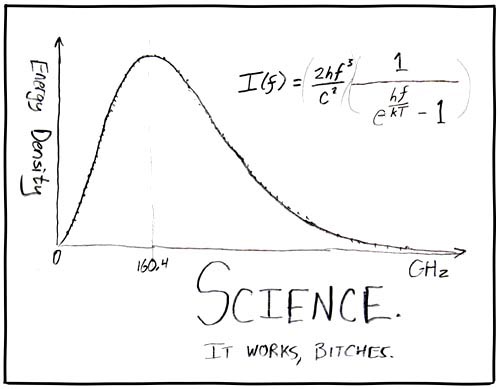
Every year, the U.S. forgoes 8,500 megawatts of electricity because operating our hydro power facilities at full capacity would turn an unacceptable number of migratory fish into Li'l Lisa Slurry. (That's the equivalent of almost nine nuclear reactors' worth of lost baseload power.)
So scientists and utilities are understandably pumped about the Alden Fish-Friendly Turbine, which has been in development since 1995, supported by grants from the Department of Energy. An initial trial of the turbine yielded a nearly 100 percent survival rate for “nearly 40,000 species of fish." (We were not aware there were that many species in North America, but maybe they brought in an aquarium's worth of extras.)
Most conventional hydropower turbines have between five and 18 fast-spinning blades, separated by gaps. The blades can strike and injure fish, and the gaps can trap them. The Alden turbine, by contrast, has three blades, no gaps, is bigger and rotates more slowly. These measures significantly reduce the danger of trauma or death to fish passing through, yet the turbine’s larger size and other design considerations are optimized to preserve high efficiency and energy production.
Passing through this turbine almost sounds fun! Maybe it will be a ride at your local waterpark next.



